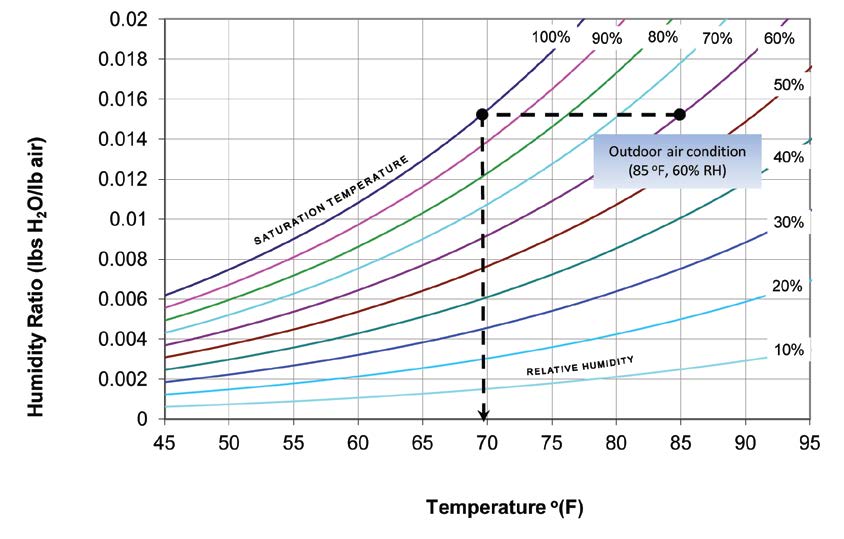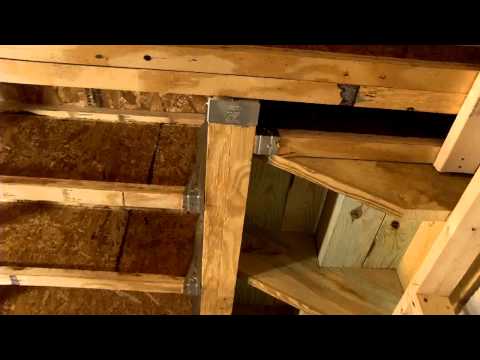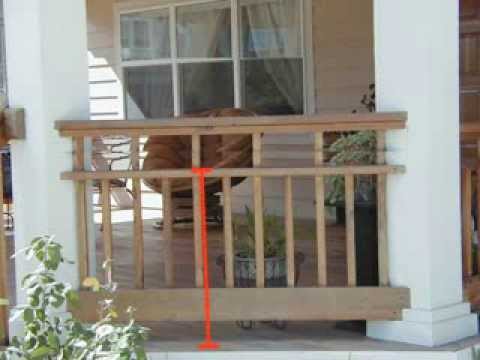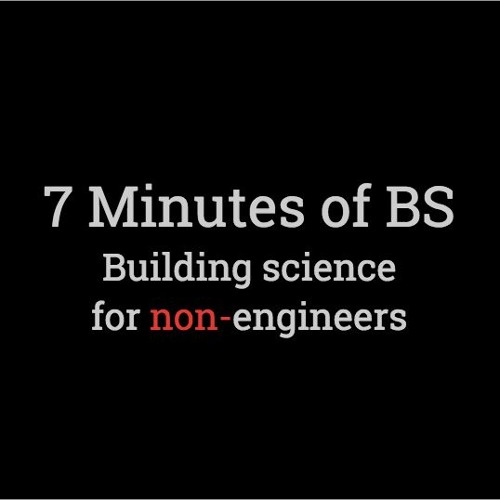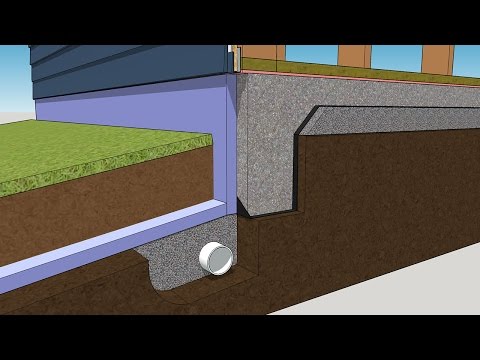You can dig in to the roof without adding more insulation, but you can't dig far
One of the biggest issues that remodeling contractors now face is exactly how the energy codes apply to what they do every day: remodeling, additions, and/or replacement. Earlier energy codes occasionally inserted some exclusions but it wasn't always clear how all of the provisions applied to existing buildings.
For example, when is duct testing actually required?
In many cases it was dependent on what the Authority Having Jurisdiction considered substantial modifications. One authority would say swapping out the air handler qualified, while others went with how many duct runs were added or what percent of ducts were actually modified.
In order to clarify this—and many other items—The ICC created a new chapter for it in the 2015 edition of the IECC & IRC—Chapter 5 Existing Buildings / N1107 (IRC). The new chapter contains five sections:
- 501 General—Applies to all alteration, repair, addition, and change of occupancy of existing buildings and structures.
- 502 Additions—Nothing mandates that the existing building or systems must be updated, but don't push your luck.
- 503 Alterations—Any alterations done must meet the code without requiring the unaltered portions to be brought up to code.
- 504 Repairs—Generally less invasive than alterations, buit a fine line sometimes.
- 505 Change of Occupancy—Any change to a space where fossil fuel or electricity usage would result in an increased use.
I'll go through them one at a time to describe how they might affect different trade contractors
Section 501 General
501.1: Applies to all alteration, repair, addition, and change of occupancy of existing buildings and structures.
501.2: This does not apply to unaltered portions of the house/building/systems (i.e. you don’t have to bring the whole thing up to the newest code).
501.3, 5-1.4: Unless specified, it can not be used to force changes or abandonment of existing systems though they are to be maintained per the codes based on when it was installed.
501.5: Repairs can be made using either like materials (if this creates no hazards) or current materials.
501.6: While some may have considered historic buiildings blanketly excluded before, that is no longer the case. The ICC has added language to covers historic buildings. In essence there are exclusions allowed for the original structure only if it would impact it's standing as a historic building. The exact definition and code follow:
HISTORIC BUILDING:
Buildings that are listed in or eligible for listing in the National Register of Historic Places, or designated as historic under an appropriate state or local law.
N1107.6 (R501.6) Historic buildings: No provision of this chapter relating to the construction, repair, alteration, restoration and movement of structures, and change of occupancy shall be mandatory for historic buildings provided a report has been submitted to the code official and signed by the owner, a registered design professional, or a representative of the State Historic Preservation Office or the historic preservation authority having jurisdiction, demonstrating that compliance with that provision would threaten, degrade or destroy the historic form, fabric or function of the building.(that's a long sentence)
502 Additions:
Nothing mandates that the existing building or systems to be updated though one can not "overload" those systems
502.1 - There are two compliance paths;
- 502.1.1 Prescriptive: where the addition itself complies for New Construction
- Envelope - UA compliance for change of use (unconditioned to conditioned) or IECC standards for new addition
- New systems (Water Heater, HVAC, etc…) must meet new codes – using existing, please below
- 502.1.2 Simulated: where the addition and existing building complies as a single building and is deemed to not use any more energy than before (based on section 405).
503 Alterations
Any alterations done must meet the code without requiring the unaltered portions to be brought up to code (503.1)
503.1.1 Building envelope modifications must meet with the current code with the following exceptions (503.1.1)
- Installing storm windows and/or window film: no requirements
- Exposing the framing on exteriors, attics, floors: insulation must meet code or the cavity must be filled (whichever is less).
- Not exposing the framing cavity/insulation: no requirements
- Roof recovers: no requirements
- Roofing replacement: if sheathing is replaced & no insulation is there insulation must be added either above or below sheathing
503.1.2 HVAC
While mechanicals have a whole section dedicated to it, the biggest item that applies is under 501.5 where "like materials" may be used for repairs provided hazardous materials are not used (lead paint, knob and tube wiring, asbestos) and/or you are not creating a hazard.
This also includes work on non-damaged components if necessary to complete the repair.
Insurance Note: What if a fire required a new HVAC system or water damage required changing out a full light fixture? Those scenarios would not count as a 'repair' but rather an 'alteration.' Note also that this only applies to the 'energy' portion; regular building codes apply to 'insurance' work.
Replacing an existing HVAC and duct system must meet the minimum code requirements:
- Replacing all of the duct work: A duct test is required.
- Extending the ducts into an addition or into a formally unconditioned space: unless you run an additional 40 feet in unconditioned space, no test is required.
- Duct sealing or repair: No test required (but it would be a good idea).
- Installing a new HVAC unit and ducts in an addition: depending on the compliance path used, you need to comply fully with the IECC requirements
503.1.3 Water heaters and hot water systems requirements
- Replacing a hot water heater: it must meet codes (it is pretty hard not to these days).
- Adding a recirculating system: must meet codes.
- Adding hot water lines: must be insulated to R3 (503.1.3).
Lighting (503.1.4):
New lighting systems must comply with 404.1 with the exception of alterations that replace 50% or fewer fixtures in a space as long as you are not increasing the power output.
504 Repairs
-
504.1: Glass Repairs / Windows:
504.1 – repairs shall comply with 501.3 (i.e. equipment maintained based on code when originally installed) and said work does not fall under “alterations.”- If you are only replacing a pane of glass, there are no problems as that are specifically spelled out under "repairs." (504.2.1)
- If you are replacing a damaged sash with the glass, that falls under Alterations (503.1.1.1) and you must replace the sash & glass with a code compliant one (U-Factor & SHGC).
-
504.2: Three specific items are mentioned to equate as a repair only:
- Glass only replacement: If you are replacing a damaged sash with the glass, that falls under Alterations (503.1.1.1) and you must replace the sash & glass with a code compliant one (U-Factor & SHGC).
- Roof repair
- Repairs where a bulb and/or ballast is being replaced—assuming you are not increasing the power.
Insurance Note: What if a fire required a new HVAC system or water damage required changing out a full light fixture? Those scenarios would not count as a 'repair' but rather an 'alteration.' Note also that this only applies to the 'energy' portion; regular building codes apply to 'insurance' work.
505 Change of Occupancy
-
505.1 & .2 - General
Any change to a space where fossil fuel or electricity usage would result in an increased use shall comply along with any space that is converted to a dwelling unit from another occupancy type.
Exception: Simulated Performance - 110% of 405.3 is permitted
Like many things in life - the Code is quite simply Black and White… with a whole lot of Gray in-between I will give you my thoughts, you might have your own thoughts, but in the end… the Authority Having Jurisdiction has the last word (so if in doubt, always check with them)
—Sean Lintow Sr. has spent over 20 years as a Builder and Remodeler. He specializes in energy code compliance & testing and is a certified RESNET HERS Rater,, ICC Residential Energy Inspector / Plans Examiner, AEE Certified Energy Auditor, EPA Indoor airPLUS Verifier and 3rd Generation Builder and Remodeler in Naperville, IL. His company, SLS Construction and Building Solutions, is in Naperville, Il. He also contributes regularly to the Homeowner and Trades resource Center — a blog about building.

